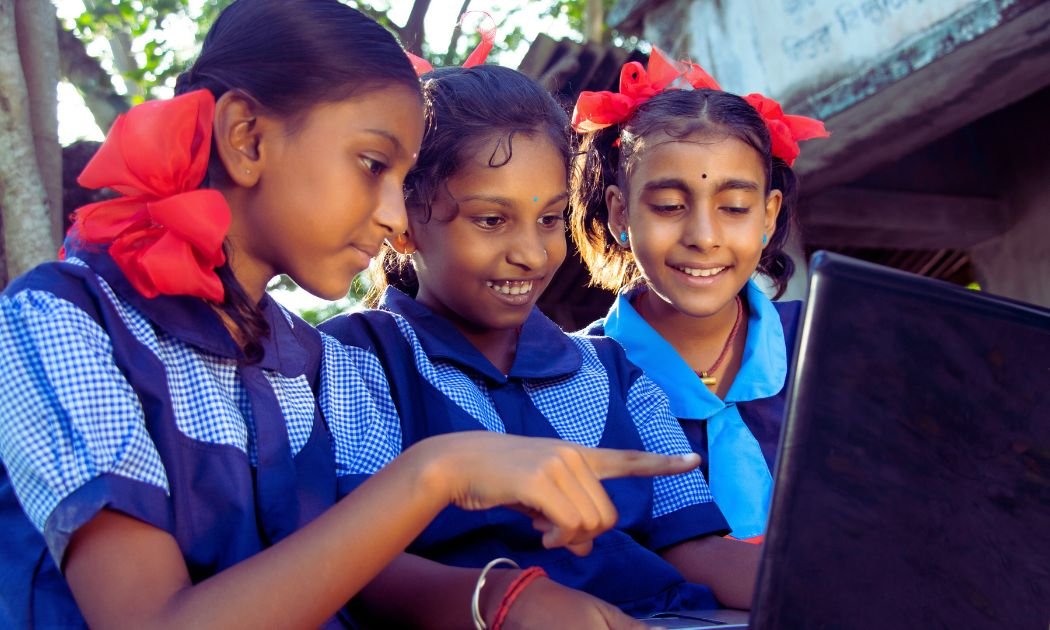Why Tamil Nadu Rejects Centre’s Three-Language Policy in Schools
Calls National Education Policy an Indirect Push for Hindi
February 25, 2025A renewed language conflict has erupted between the DMK-led Tamil Nadu state government and the BJP-led central government over the National Education Policy (NEP) 2020 and its three-language policy. The DMK believes that enforcing a third language in Tamil Nadu’s education system is unnecessary, would burden students and would indirectly push Hindi.
The dispute escalated when Chief Minister M.K. Stalin and School Education Minister Anbil Mahesh Poyyamozhi accused the Centre of diverting 21.52 (2,152 crore) rupees in education funds meant for Tamil Nadu to Bharatiya Janata Party (BJP)-ruled states like Uttar Pradesh and Gujarat, according to DT Next, which says the funds, part of the Samagra Shiksha (SS) scheme, were allegedly withheld to pressure Tamil Nadu into accepting the PM SHRI scheme, which would mean adopting NEP and its language policy.
Citing experts, the newspaper said NEP could turn education into a privilege rather than a fundamental right, making it less accessible for economically weaker students, particularly those from Scheduled Castes and Scheduled Tribes. It quotes language rights activist Aazhi Senthil Nathan as claiming that the policy aims to weaken regional languages in state-run schools.
While NEP offers flexibility in language choices, concerns persist over the availability of teachers for languages other than Hindi. The lack of language teachers may force students to rely on private tuition.
The three-language policy does not mandate Hindi, but the structure of the language choices makes it the most accessible third language for students in states like Tamil Nadu, Karnataka, Kerala, Andhra Pradesh and Telangana, according to critics. These states already have their regional language and English in their education system. Under the three-language policy, they need to introduce a third language, and in many cases, Hindi becomes the default option due to its availability and the structure of the national education framework.
This creates an unequal language burden because students in Hindi-speaking states typically learn Hindi and English but are not required to study a Southern or other regional language with the same intensity. This imbalance effectively means that South Indian students are more likely to be exposed to Hindi, while Hindi-speaking students are not reciprocating by learning Tamil, Kannada, Telugu, or Malayalam, critics point out.
There is also a historical context to this issue. Tamil Nadu, in particular, has a long-standing resistance to any perceived imposition of Hindi, dating back to the anti-Hindi agitations of 1937 and 1965.
Other states such as Karnataka, Kerala, and Andhra Pradesh have also voiced concerns that the three-language policy could subtly push Hindi into their education systems. West Bengal has raised similar objections, insisting on prioritising Bengali and English.
Another major factor is the role of English. Many South Indian states consider English to be the true link language both within India and internationally. There is a strong preference to strengthen English proficiency rather than introduce Hindi as a third language, as English is widely seen as essential for jobs, global communication and higher education.

